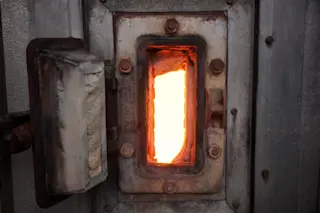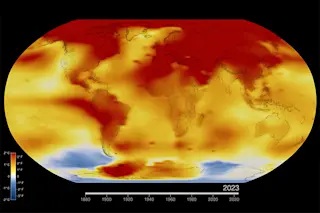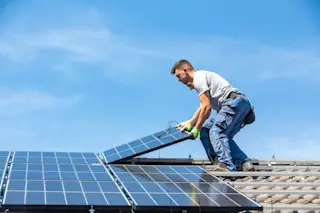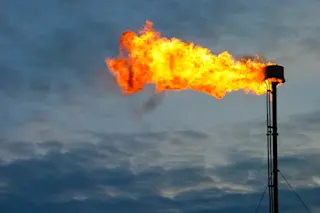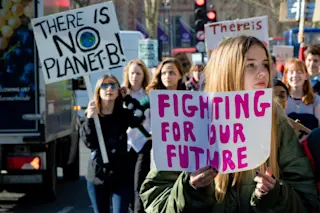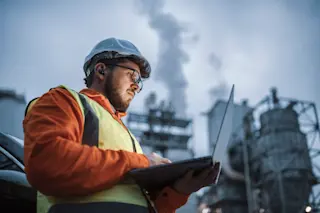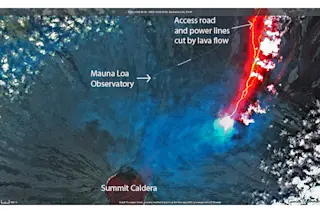The view into the coal-fired furnace at Xcel Energy's Valmont Power Station in Boulder. Limiting the risk of dangerous climate change will require that we phase these out and triple our use of zero- and low-carbon energy sources. (Photo: © Tom Yulsman) | See update below | As expected, Republicans gained control of the U.S. Senate, as well as a good number of governorships, in the midterm elections yesterday. And not surprisingly, even before the votes were tallied some commentators were predicting that a Republican victory would be a disaster for the environment in general, and efforts to grapple with climate change in particular. As Ari Ratner at Vice put it yesterday:
These races — and many more— will decide how the country generates and consumes energy. They will dictate the preservation of our natural resources, and the environmental legacy that we all will inherit.
So let me get this ...


